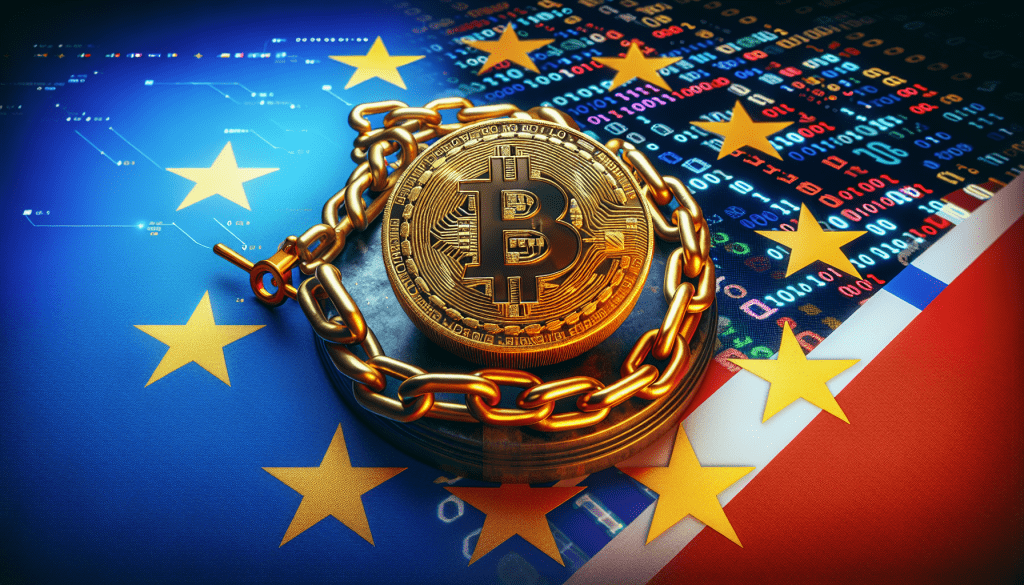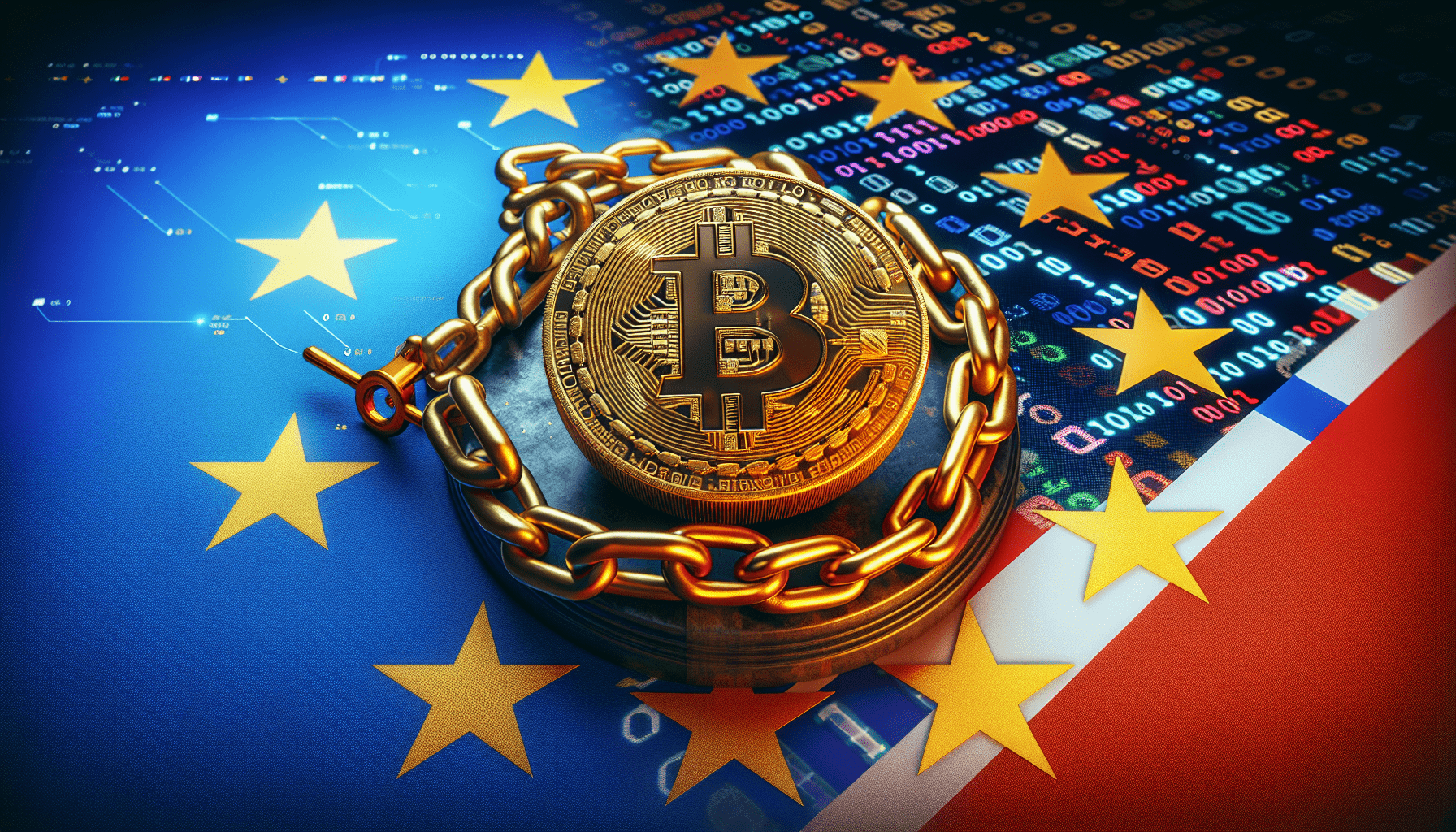/ Sep 06, 2025
Trending


The European Union (EU) has recently introduced a comprehensive set of regulations aimed at standardizing the cryptocurrency market across its member countries. This move is expected to not only transform the way digital assets are managed and traded within Europe but also set a benchmark for global standards in crypto regulation. As the cryptocurrency industry evolves, understanding these regulatory frameworks becomes crucial for stakeholders worldwide.
The EU’s new regulatory framework, known as Markets in Crypto-Assets (MiCA), seeks to create a harmonized legal environment for cryptocurrencies. The key aspects of MiCA include consumer protection, anti-money laundering measures, and guidelines for the issuance and trading of digital currencies. This comprehensive approach ensures that both consumers and market participants have clear guidelines to follow, mitigating the risks associated with digital assets.
One of the standout features of MiCA is its focus on stablecoins. With the rise of stablecoins as a popular medium of exchange in the crypto world, the EU regulations impose specific rules to ensure their stability and to prevent any potential financial disruption they could cause. These regulations require issuers to maintain adequate reserves and transparency, safeguarding investors and consumers alike.
The implications of the EU’s regulation are far-reaching. By establishing clear rules, the EU is positioning itself as a leader in crypto governance. Other regions, such as the United States and Asia, are closely watching these developments, potentially influencing their regulatory approaches.
Unlike the EU, the United States has been slower in formalizing its crypto regulations, leading to a patchwork of state laws that create uncertainty for businesses and investors. In contrast, South Korea and Singapore have adopted a more proactive approach, focusing on fostering innovation while ensuring security and compliance. These diverse international approaches highlight the need for global collaboration in setting robust crypto standards.
Cryptocurrency exchanges, which are pivotal in the crypto ecosystem, will feel the immediate effects of these regulations. Exchanges operating within the EU will need to comply with MiCA’s stringent requirements, ranging from registration to reporting obligations. This could lead to increased operational costs but will also enhance trust and reliability, attracting more institutional investors to the platform.
Aside from the well-known Bitcoin and Ethereum, the EU regulations open opportunities for emerging blockchain networks such as Cardano, Polkadot, and Algorand. These networks, characterized by their innovative consensus mechanisms and scalability solutions, could benefit from a clear regulatory framework, attracting developers and users seeking a compliant and secure environment.
Despite its comprehensive scope, MiCA faces criticism and challenges. Some industry participants argue that the regulations could stifle innovation by imposing stringent compliance requirements, particularly for smaller startups with limited resources. Additionally, the fast-paced evolution of the crypto market may outpace regulatory updates, leading to potential mismatches between industry needs and legal provisions.
In summary, the EU’s new crypto regulations represent a significant step towards creating a cohesive and standardized market for digital assets. Through MiCA, the EU not only aims to protect consumers and investors but also to solidify its position as a global leader in crypto policy. As the world watches, these regulations may well shape future global standards, influencing how digital assets are regulated, managed, and embraced across various jurisdictions. Stakeholders in the cryptocurrency space should pay close attention to these developments to navigate and leverage the opportunities arising from this new era of regulation.
As the industry adjusts to this evolving landscape, it remains crucial for regulatory bodies, businesses, and consumers to maintain a dynamic dialogue, ensuring that regulations support innovation while safeguarding interests. This balance will ultimately determine the success and sustainability of the burgeoning digital asset market.
Stay ahead with Blockchainooz! Get daily updates on industry insights, market trends, and innovative blockchain technology—all in one place. Perfect for enthusiasts and investors looking to make informed decisions in the ever-evolving world of blockchain and crypto.